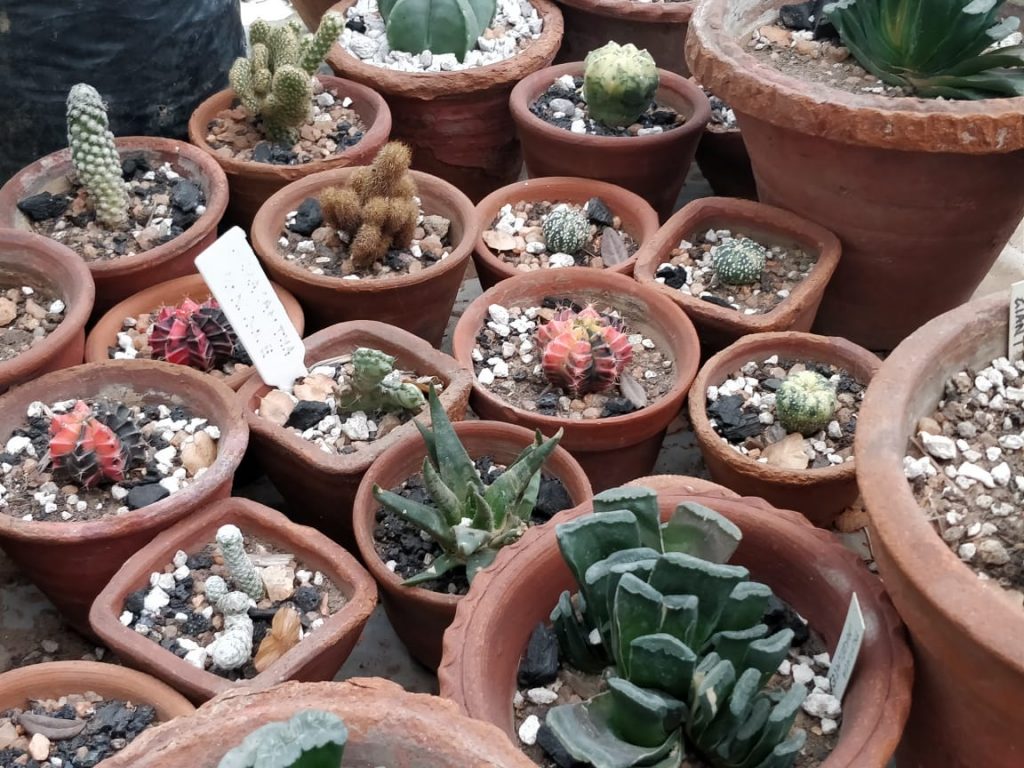Aditya Vaibhav | The TrickyScribe: Air quality affects the lives of humans significantly. Breathing in a pollution-free environment signifies a better quality of life. Air pollution causes not less than seven million deaths worldwide if taken annually. Growth and concentration of population in cities, as well as the way in which we guzzle up energy in urban areas through transport or heating and air conditioning systems, among others, result in the emission of huge quantities of harmful, at times poisonous, gases.
ALSO READ: MOUNTAINEERS’ DELIGHT: TREKKING SEASON KICKS OFF AT MT EVEREST
Presence of or introduction into the air of a substance which has harmful or poisonous effects is what we call Air Pollution. Humans are susceptible to health impacts drawn from polluted air including breathing difficulties. Poor air quality can exacerbate underlying lung problems. Actual risk of adverse effects depends on one’s current health status, the type & concentration of pollutant involved and the length of exposure to the polluted air.
Issues due to pollution levels
High levels of air pollution can trigger immediate health issues including aggravated cardiovascular & respiratory illness and added stress to heart and lungs, which must work harder to supply the body with oxygen and damaged cells in the respiratory system. Even short-term exposure to particulate pollution can aggravate lung diseases, cause asthma attacks & acute bronchitis, increase susceptibility to respiratory infections and instigate heart attacks and arrhythmias in people with heart disease.
Issues due to exposure duration
Long-term exposure to polluted air can have disastrous health impacts including accelerated aging of the lungs, loss of lung capacity and decreased lung function, development of diseases such as asthma, bronchitis, emphysema and possibly cancer. Individuals with heart disease, coronary artery disease or congestive heart failure, individuals with lung diseases such as asthma, emphysema or chronic obstructive pulmonary disease (COPD), expecting mothers, outdoor workers and the elderly are amongst those most susceptible to severe health problems. Irritation of the eyes, nose and throat, chronic coughing, chest tightness and shortness of breath are the temporary symptoms manifested even if one is healthy.
The Way Out!
Experts suggest installing air purifiers at homes and workplaces so that the adverse impact of air pollution is curtailed, albeit in a closed atmosphere giving a sigh of relief. Air purifiers still work on electricity, a major chunk of which is still produced by burning fossil fuels, adding to the existing load of particulate matter. Climate activists, therefore, suggest growing indoor plants for the purification of indoor air without consuming electricity. Of the plants that can be grown indoors, succulents are in vogue.

What are Succulents?
Succulent plants aka succulents are plants that have some parts that are more than normally thickened and fleshy. The fleshy parts retain water in arid climates or soil conditions keeping the plant up and working even in most inhospitable terrains. Succulent plants may store water in various structures, such as leaves and stems; some definitions also include roots.
What makes Succulents good indoor plants?
Succulents are a group of plants that store water in their leaves. They are easy-to-grow and can survive indoor conditions with minimal effort. Succulents survive dry indoor environments all thanks to special adaptations. The leaves tend to be thick and fleshy. Succulents tend to thrive in dry climates and don’t thrive in humid conditions. In fact, one way to kill a succulent plant is to shower it with love and overwater it.
Drought resistant
Due to the unique water-holding properties, succulents have evolved as drought-resistant plants. With climate change and drought incidences rising, it is not surprising to see succulents become a fixture in people’s gardens and landscapes. Different succulent and cacti provide a variety of different colors and textures for a drought-resistant landscape. They thrive in dry, arid climates where most other plants would not survive. They are hardy, easy plants to care for
Unique shapes, sizes & colors
Succulents come in unique shapes, colors and textures. Each plant is unique. Exquisite beauty is featured in their amazing range of colors. They also exhibit transformation in color under different lighting conditions. Fascinating shapes are endless; some are shaped like rocks, while others trail and grow a couple of feet long.
Easy to multiply
One cost-effective way to multiply your succulent collection is by propagating. Propagation is a way to grow your plant collection by taking a part of an existing plant to form a new plant. Propagation is commonly done from cuttings, stem cuttings, leaf cuttings, offsets or seeds from a mature plant.
Grow anywhere
Succulents can be grown as indoor as well as outdoor plants. Most succulents require a bright surrounding but not completely in full sun. Fast draining soil is preferred. Given the right circumstances, they can survive in areas where most plants suffer.
Breathe better
Having plants around you, especially indoors, help improve the air quality. Plants help reduce carbon dioxide and increase oxygen levels in the air. They also help increase humidity, reduce levels of pollutants in the air, reduce airborne dust levels and keep air temperatures down, all of which help us breathe better.
Total Views: 2,39,040
